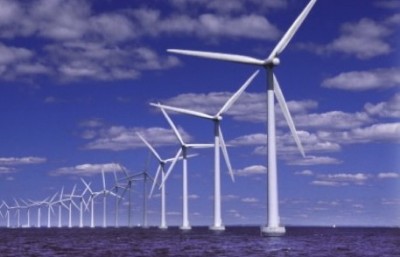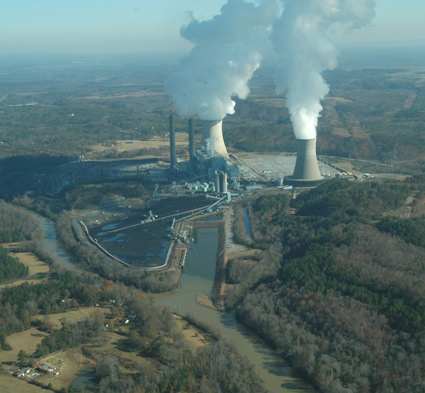At Southern Company’s (SO) shareholder meeting, I enumerated some examples  in the U.S., Japan, and Germany of nuclear gone bad, and pointed out Japan, Germany, and even Bulgaria had already or were getting out of nuclear, while Southern Company and Georgia continued to bet the farm on nuclear, and I asked what was SO’s exit strategy for when that bad bet goes bad? SO CEO Thomas A. Fanning said they had learned everything there was to learn from Fukushima, and besides Plant Vogtle is 100 miles inland where there are no earthquakes. He didn’t mention the same description applies to Chernobyl. He did say SO planned to make the U.S. nuclear industry the best in the world.
in the U.S., Japan, and Germany of nuclear gone bad, and pointed out Japan, Germany, and even Bulgaria had already or were getting out of nuclear, while Southern Company and Georgia continued to bet the farm on nuclear, and I asked what was SO’s exit strategy for when that bad bet goes bad? SO CEO Thomas A. Fanning said they had learned everything there was to learn from Fukushima, and besides Plant Vogtle is 100 miles inland where there are no earthquakes. He didn’t mention the same description applies to Chernobyl. He did say SO planned to make the U.S. nuclear industry the best in the world.
You kept using big bets and then bet the farm. Very interesting terminology.
 Um, the title of SO’s corporate biography that SO was giving out in the lobby in paper, video, and audiobook formats is Big Bets: Decisions and Leaders That Shaped Southern Company. And ‘nuclear’s “bet-the-farm” risk’ is, as I mentioned, bond-rater Moody’s phrase.
Um, the title of SO’s corporate biography that SO was giving out in the lobby in paper, video, and audiobook formats is Big Bets: Decisions and Leaders That Shaped Southern Company. And ‘nuclear’s “bet-the-farm” risk’ is, as I mentioned, bond-rater Moody’s phrase.
He said the new Plant Vogtle units were planned for $14 billion and 10 years to build, and
…it is a big investment.
He said a company to do such a thing needed scale, financial integrity, and existing credibility of operations.
Scale seems to me a problem, since SO seems deadset on building mainframes in a networked-tablet world.
SO’s nuclear financial track record is that four nuclear plants were originally planend for Plant Vogtle at a cost of $660 million and only two were built at a cost of $8.87 billion. The new units at Plant Vogtle are already overbudget by almost a billion dollars. The Georgia Power bonds that SO CEO Fanning mentioned: aren’t they guaranteed by the $8.33 billion federal loan guarantee?
Regarding operations credibility, a year ago Vogtle Unit 1 shut down 2 days after the NRC gave Vogtle a clean bill of health. But the SO CEO says it’s all better now.
Here’s the video, followed by links to sources for the points I made:
Exit strategy for when this big nuclear bet goes bad? –John S. Quarterman
Shareholder Meeting, Southern Company (SO),
Callaway Gardens, Pine Mountain, Georgia, 23 May 2012.
Video by John S. Quarterman for Lowndes Area Knowledge Exchange (LAKE).
Here are the main points I was reading from, with links:
Continue reading




















